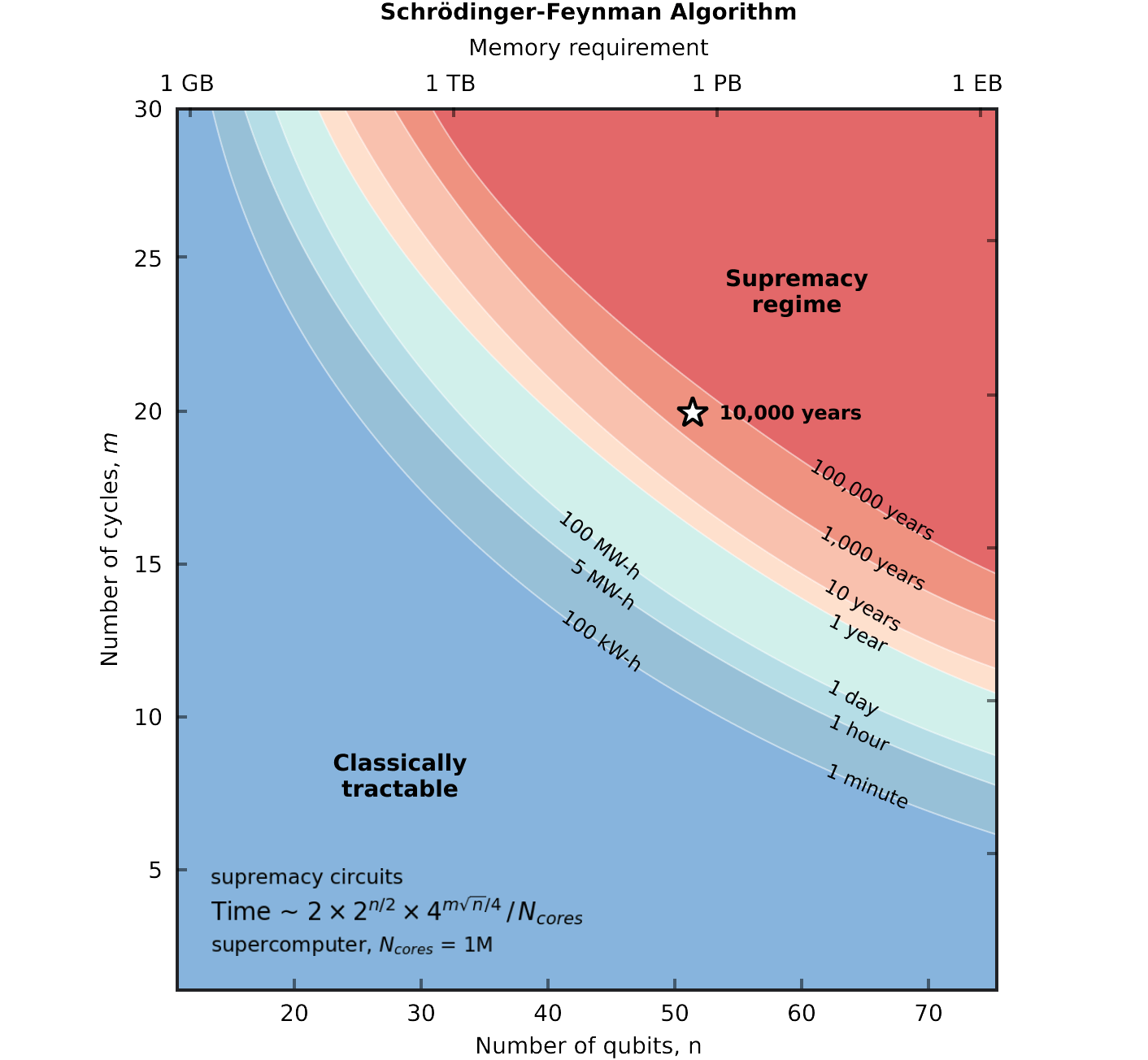Related Products
FormFactor’s HPD 4 K cryogenic probe stations and Dilution Refrigerators are part of FormFactor’s suite of cryogenic products to give our customers the broadest range of test and measurement options.
Quantum computers stand poised to deliver dramatic breakthroughs in many scientific and engineering fields.
Personalized drugs, pinpoint weather predictions, better batteries and super-secure encryption may all be realized through quantum computing, along with many other presently unreachable applications.
In parallel, another category of machines called superconducting computers promises to elevate conventional computing to the so-called exascale level, where they will deliver a formidable 1018 FLOPS of processing speed at only one tenth the power of present technology. However, both share a common attribute that must be accommodated on their journey from lab to fab — they can only function at ultra-low temperatures approaching absolute zero.
Quantum computing machines are constructed of “quantum bits” called qubits, which leverage a phenomenon called superposition; unlike traditional data bits, qubits can simultaneously hold both one and zero values. Multiple qubits can also demonstrate marvelous interactions called entanglement. Using these quantum behaviors in concert, qubit-based systems can evaluate, in parallel, enormous numbers of potential solutions to complex problems. However, qubits are extremely sensitive to small amounts of thermal noise, so to maintain a stable state long enough to complete their calculation (“coherence”) they are kept at temperatures approaching absolute zero. For further efficiency, designers often leverage superconducting connections to build qubits into computing systems.
Classical supercomputers will still be needed for many computing tasks, but today these computers consume very high amounts of power from megawatts to gigawatts. New types of logic families, such as RQL (reciprocal quantum logic) and RSFQ (rapid single flux quantum) and others, leverage quantum effects and superconducting connections to perform the same classical computing functions but with extraordinary speed and efficiency. Here again, the key is to create an operating environment close to absolute zero. It’s projected that a conventional supercomputer consuming a megawatt could be replaced by a superconducting machine consuming only 10K watts.

An intense effort is underway in research facilities around the world to develop the components that will move these new computing technologies out of the lab and into commercial production. One major challenge is to create test and measurement environments that mirror the extremely low temperatures at which these components will eventually operate. Wafer- and chip-level probing must be conducted to evaluate the new devices and circuits, verify operating parameters, and validate volume fabrication processes. Many of the test and measurement operations are similar to those for traditional semiconductors, only now these procedures must be executed at extremely low temperatures.
FormFactor DRs provide the ultra-low temperature environment, below 10 mK, required for superconducting qubits. These cryostats are used for test and measurement during qubit and quantum processing unit (QPU) development – and also as a critical element in quantum computer deployment. “Dry” (cryogen-free) with pushbutton control simplifies use and keeps operating costs low.
Several DR models (XLF-600, and LF-600) are available to provide a range of cooling power and sample volumes. These are optimized for quantum computing, with high I/O capability, optical ports, magnetic shielding, and low-vibration design.
Our high-performance cryogenic probe stations for on-wafer and multi-chip measurements support a wide range of challenging applications, including IR-sensor test, radiometric test, DC and RF measurements at cryogenic temperatures.
The HPD IQ3000 is a high precision fully automated probe station for 150 mm, 200 mm or 300 mm substrates in a 4 K environment. To accelerate the realization of commercial quantum and superconducting computers, we provide chip developers with the tools they need to intelligently iterate on their designs.
Cryogenic systems are a major investment. Long waits for data can slow down development cycles and hinder production schedules. FormFactor’s cryogenic test and measurement services allow you to avoid the high upfront capital cost of a complete system, enable immediate access to cryogenic data, and ensure you are obtaining the data you need to advance your program.
At the HPD Cryogenic Test Lab in Boulder, Colorado, you can partner with FormFactor to collect the valuable cryogenic data you need. We will work with you to meet your unique test and measurement challenges:
• Screen for manufacturing defects at cryogenic temperatures to improve device sorting
• Statistically correlate room temperature data with cryogenic performance by obtaining high volume data at the wafer scale
• Pre-characterize Qubits prior to deployment to reduce QPU bring-up time
• Material characterization of superconducting devices
• Customers can collect high volume data with our Cryogenic 4 K Wafer Prober or qualify qubit devices near deployment conditions with our < 50 mK ADR Cryostats.